SLCN TV are SL’s only native cable TV offering and they’re Australian to boot. Wiz Nordberg (Gary Wisniewski), Starr Sonic (Keren Flavell) and Texas Timtam (Grace Roberts) agreed to an in-depth chat and here’s part one:
Lowell: Could you give a potted history of how the three of you decided to put SLCN together.
Wiz: Well, it really started with us doing the Aussie Music Party back in March with Austrade. In our “prior lives”, Texas and I were responsible for some of the largest music webcasts ever in australia, did BDO four years in a row for Telstra, Tropfest, the Mushroom 25th concert…. all were very big budget things – over 30 crew on the M25 concert, so we were used to doing “webcasts like television”. The moment Texas decided to do the music party, the obvious thing to me was that it should be “televised on the web”.
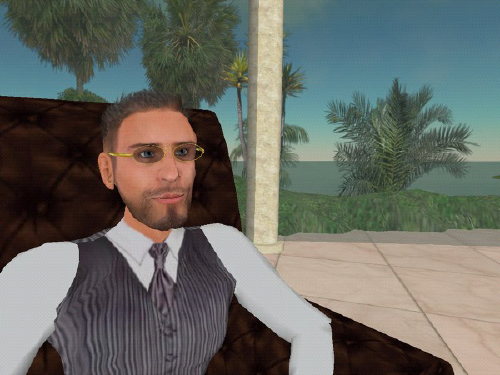
Wiz Nordberg
Lowell: So SL-based events were an obvious complement given your RL experience?
Wiz: In April or so, we did some prototype work, and then I set up this screen in SL at a friends place and the three of them (SL friends from the USA) were almost transfixed by what they saw…. they were dancing and looking at themselves on the screen going “omg look, we’re on TV!”. That night, i registered secondlifecable.com.
Lowell: That’s probably a good point to ask if you can easily summarise how you make SLCN work technically.
Wiz: Almost exactly like a RL television station does a RL O.B (Outside Broadcast). If you ever watch “on location news”, there’s a van, with vision mixers, scan converters, etc. We use the same kind of equipment and don’t use any of the SL machinima tools.
Lowell: Well, for SLOz readers who don’t have TV industry experience – roughly how are things set up? It’s all third party non-SL tools?
Wiz: We use camera machines, connected to scan converters (a high quality way to capture the motion), then hook it up to a vision mixer, which has super and chromakey capability, as well as title super capability, so one person sits at the “vision desk” switching from camera to camera, and we have camera operators…. also audio mixdown for various sources. It’s frighteningly conventional. In fact, if instead of SL cameras we just had two DV cameras, our results would look a lot like what you see on CNN or Channel 7 using the same kind of equipment.
Starr: The set up has a lot to do with the live production requirements and we have learned to apply traditional film making methology but also working within the constraints of being in a virtual world.
Wiz: Right, there are LOTS of little tweaks in production to deal with the fact that the people “in the show” aren’t in the same room most of the time
Texas: And of course we have to also manage getting voice into SL
Starr: Also the actors are in two places – the operator and the audio content, they have to mesh together and that is a challenge! You think downloading a new client is a challenge hehe.
Lowell: So how do you synch sound etc and what applications do you use?
Wiz: We built a system called Soundreach which is our own design. It’s what Bruce Willis used to speak into Second Life, as well as almost all the voice you hear on any of our shows.
Starr: It’s a bit matrix like when you think about it :0)
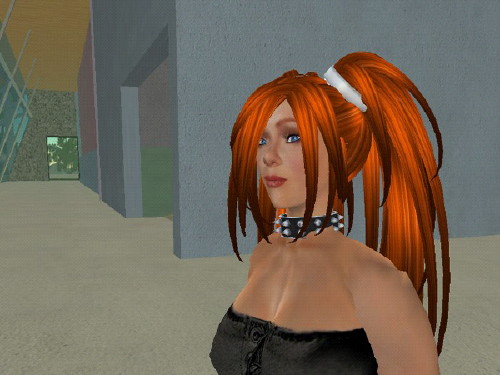
Starr Sonic
Lowell: Can you easily summarise what Soundreach does?
Wiz: It’s a telephone-to-mixing-desk-to-Second-Life bridge which allows us both to get a split of the sound to our mixing desk, as well as feed the sound into Second Life from regular telephones. People use it inworld now independently of SLCN.
Starr: It worked for Frank Miller to call in
Texas: It makes the production of talk shows and interview news vox pops really much more like RL TV.
Lowell: So for example in the Bruce Willis gig you had him via phone through your mixing desk then into SL
Wiz: Well, it’s more like this…
Starr: We barely thought he was going to cope with dialling a number on a telephone and were working out how we could call him with the system!
Wiz: Bruce (and others) use land lines -> servers in the USA -> part goes directly in-world as an audio stream -> part feeds remotely to our mixing desk. The mixing desk is actually optional. You can call a Soundreach number and “hook it up” to a land parcel independently of our mixing desk and SLCN studio.
Lowell: So hookup to the parcel occurs normally via the parcel options you enter the streaming address etc?
Wiz: Yep. At its simplest, Soundreach is a telephone -> shoutcast technology, except there is some audio processing and splitting in the middle to allow things like SLCN to get a feed directly
Lowell: The implementation of voice in SL will change the face of things – how’s it going to help and/or impede what you’re trying to achieve?
Wiz: Well, it will help A LOT if it is adopted widely by Second Lifers. We are VERY much looking forward to it
Lowell: What do you think will prevent widespread adoption – lag etc?
Wiz: Providing the technology “works” (which I believe it will), the two factors which will prevent adoption is psychology and the inability of people to actually get their computers to use a microphone and headphones properly (which is not to be underestimated). There is of course a lot of controversy about voice
Lowell: What do you believe is causing controversy?
Wiz: The nature of “having a virtual self” for many people includes changing the way they are perceived, or “remaking themselves” in a more idealised way. Voice is a very big giveaway about ones personality without even worrying about the cross-gender issues. I know myself that i am perceived VERY differently inworld without voice than I am when I speak to people.
Lowell: Very true – though I’m expecting pitch-shifting apps are already in development for SL use.
Starr: I think that socialisation into the land of voice is going to be a rocky one. There has been a certain peacefulness about being in-world that is going to change… I was in the voice beta yesterday and hung out with about 8 people.. and you are essentially talking over each other the whole time. A group needs to be well coordinated to communicate easily. So we all have a lot to learn before it becomes graceful.
Wiz: I hope that, for the most part, people overcome their hesitancy and voice enjoys widespread use. We would love to simply “walk up to somebody on the street” and do a great interview.
Lowell: That’s an obvious application for voice for sure – if you could do a vox pop tomorrow in SL, who would you choose?
Starr: The only trick is that you need to have lined up the interviewees, because it does take a bit of tweaking to get someone online with us as everyone has a different set-up. Thats not a technical issue, its more about the end person, have they got access to a phone sometimes
Lowell: True – so who would you choose for your spontaneous first vox pop?
Wiz: I heard that question the first time LOL. I don’t actually have an answer. I think the person with the most interesting story may not be famous, or anybody who I know now. You have to search for people who have something to say, and the best vox pops are from people who are in the middle of something important or have an intersting story to tell. So i can’t actually say who it would be, or where.
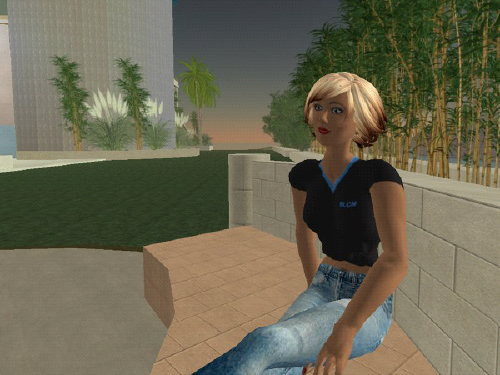
Texas Timtam
Lowell: A different tack now – how have you found the reaction of RL businesses and individuals to your work in SL?
Wiz: Frankly, we have been blown away by what people have been saying.
Starr: Well we fondly remember when we were at the 14 Cows exhibition and we got a shout out WELCOME SLCN
Wiz: In probably more than half of the comments on blogs and other places, the words SLCN are accompanied by adjectives like “amazing”. I’m not sure how much credit we can take for any “innovation”. I think a lot of people are simply not expecting it. One thing we do which is different is we are very dedicated to being a TV network FOR SECOND LIFERS. We are trying to seek out things which matter to virtual people, in their virtual spaces.
Starr: The organisers of the Best Practises in Education conference loved us
Wiz: If you look at 90% of our content, it had a big impact on the people who participated. That’s why so many people have made such positive comments.
Lowell: I’m also thinking of people who don’t have exposure to SL at all – how do you explain what you do? It also links to any plans you may have for growth – is it still difficult to convince potential investors on the role virtual worlds may play in the future?
Starr: The only way to explain is to show.
Lowell: Agree – but a lot of people when you first show them just see it as ‘The Sims’ – how do you overcome that initial scepticism?
Wiz: We don’t have to do much convincing. there are ten thousand intelligent people at least out there preaching, educating, showing the world. it will happen, and people will be convinced. It is inevitable
Starr: We showed the producers of Die Hard how a virtual press conference is staged, through a live stream directly from the event taking place inside Second Life where where most of them would not be a SL resident.
Wiz: I think there is an “ah-ha” experience that happens when people engage in Second Life. It doesn’t happen for everybody, but it happens for enough people that the skepticism will dissolve over the next year or two.
Starr: The same thing happened with the world wide web.
Wiz: Virual Bacon, at the “best practices”, he did an entire session on “how to convince people that second life is a good idea”. His conclusion, after a LONG time applying methodical approaches was that you CANNOT convince people. The only way they will be convinced is to experience it.
Lowell: So what is the plan for SLCN in coming months?
Starr: We have several shows lined up to roll out over the next month. These include talk shows, sports shows, a book show and a regular SLCN feature series called The Inside View
Lowell: In regard to Inside View can you explain its format?
Starr: It will be a show revealing issues relevant to the people in SL, a dig under the covers to find out what is going on. Around half hour length and airing on Sunday evenings.
Lowell: So almost a current affairs show?
Wiz: I suppose the model for “The Inside View” is shows like 60 Minutes, except with a bit more “leeway”.
Starr: Yes, with a bit more of a foreign correspondent feel.
Wiz: We want to not just report on someting as “here are the facts”, but rather get into a discussion with people about something very relevant in Second Life, things such as voice, how brands are affecting them. Always with a total 100% focus on the “virtual person” and their changing experiences
Starr: Wiz will do the introduction to each show…. then it will feature guest speakers and look into the many spaces of Second Life to show what is happening.
Wiz: We also have 1 show currently readying for production (tonight live with paisley beebe) as well as a news show about to be signed and are in final negotations with 2 other shows which will probably go into production. plus we are talking to at least 10 to 15 “interested parties” and working with them to get to the “final negotiation” stage.
Lowell: Are you getting many approaches from current or potential brands in SL hoping for some free promo? i.e. are you being treated like RL media by PR people yet?
Starr: Many people are submitting their events for inclusion in That S’Life, which is great.
Wiz: Hmmm, having never been RL media, it is hard to know how they are treated
Starr: Some businesses are starting to get machinima ads made and we are going to start playing some of those as part of our programming
Lowell: So there’s obviously a lot of interest etc – is SLCN a business model that’s making its existence independently viable in a financial sense?
Wiz: This is our job. It’s not a pasttime. Making it financially viable is essential, not optiona.l
Lowell: And are you achieving that goal?
Wiz: No way, not yet. we are at a very early stage and we are investing a lot of time and a lot of money. In fact, we have been hesitant to have “fake advertising” which we “give away” to people just to have advertisers
Lowell: Is SLCN the sort of business that may need external investment to get where it needs to go?
Wiz: We are going to be pitching to several investors over the next months. but we actually have put enough personal money (and money from our other businesses) into this to keep growing and producing show. When we pass the “8 regular shows per week” mark we will probably require some additional facilities, and we’re planning on that.
Lowell: So is it likely you’re going to need more people on your team? Should aussie SL’ers start polishing their CV’s?
Wiz: It is VERY likely
Lowell: If there were readers who wanted to let you know about their skills, how should they do it?
Wiz: info AT slcn.tv. Seriously, I think it is amazing that we have been able to get to the TOP of even a niche US market, with good industry recognition, without really ever leaving South Melbourne.

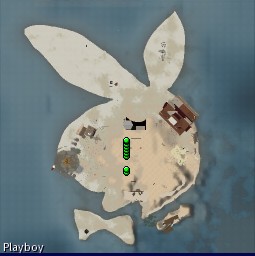
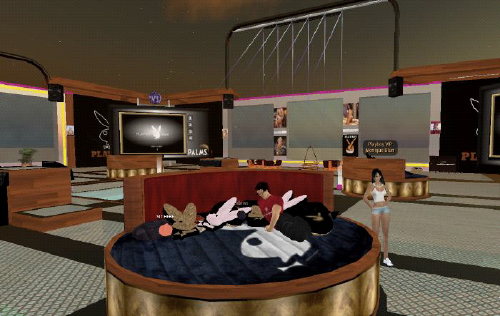
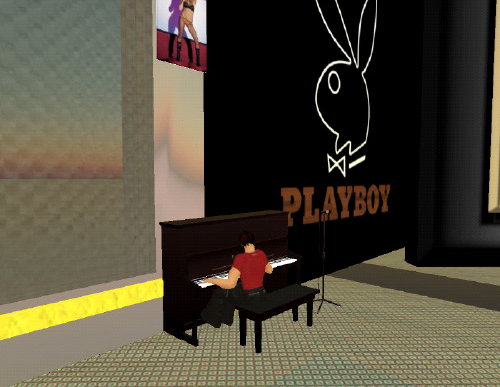
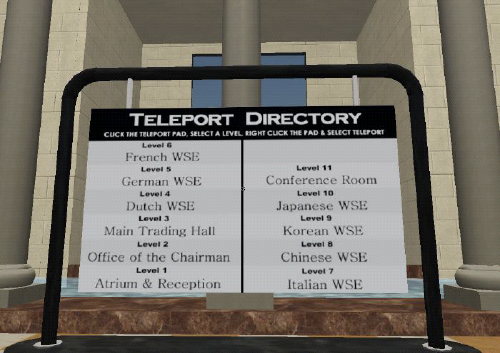
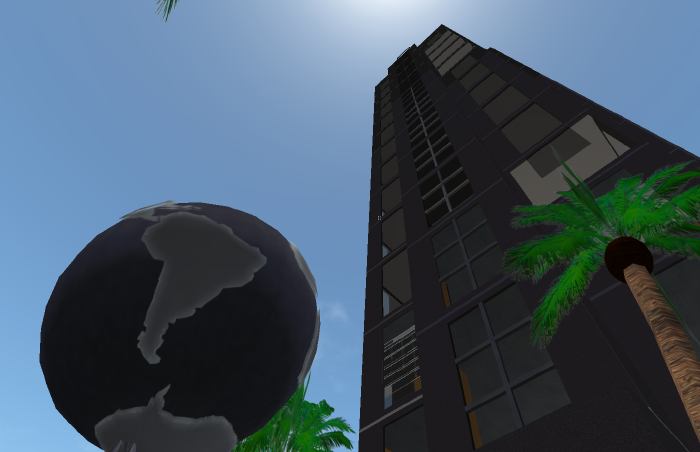
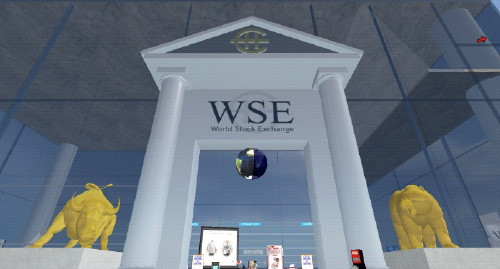
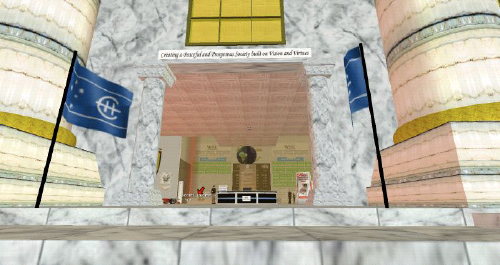

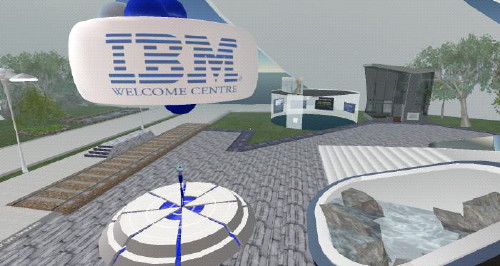
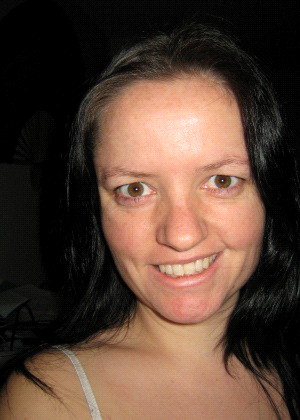
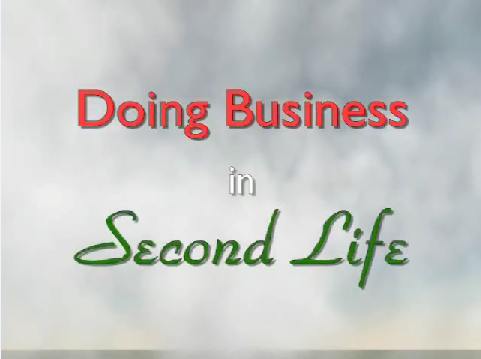
Recent Comments